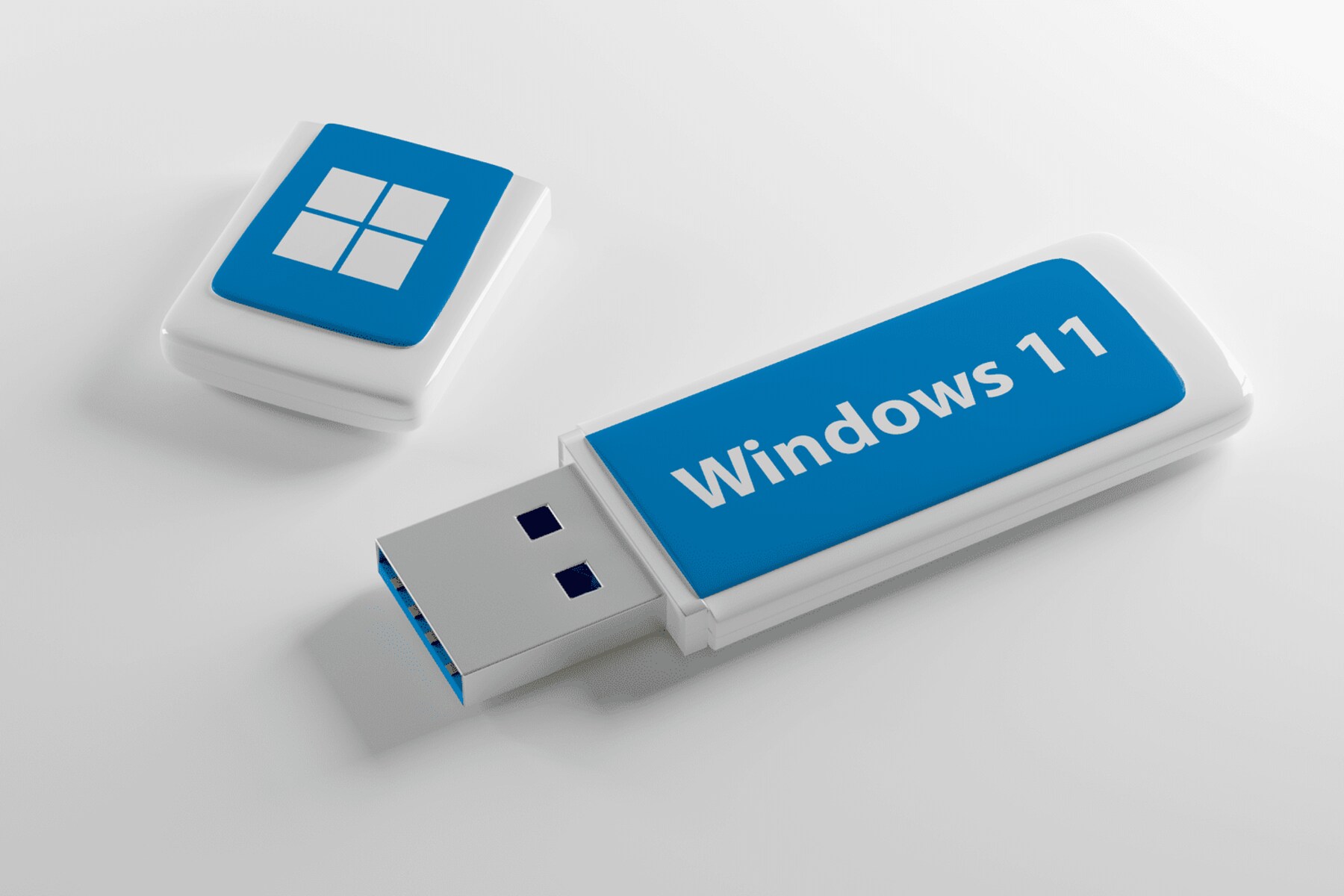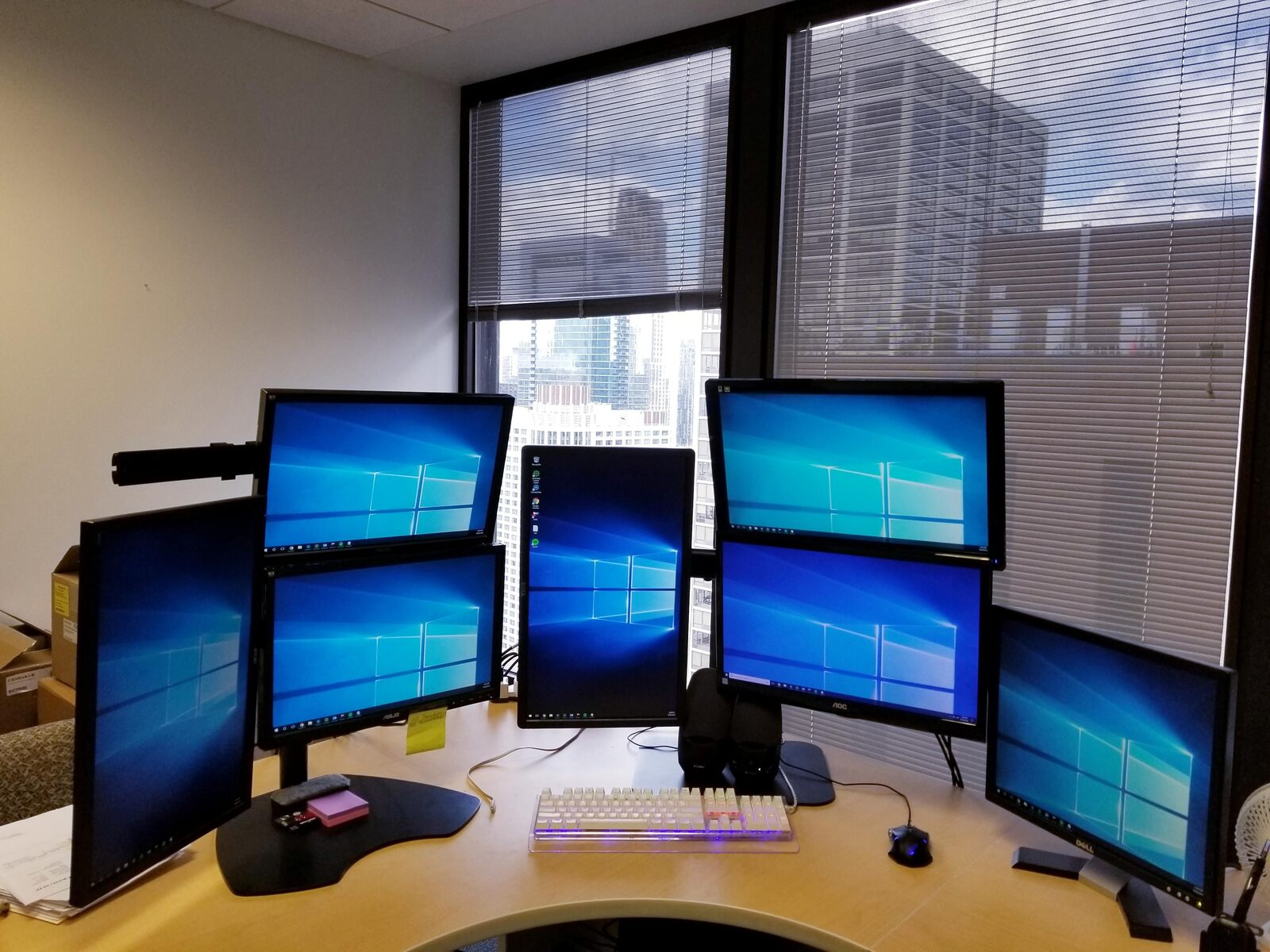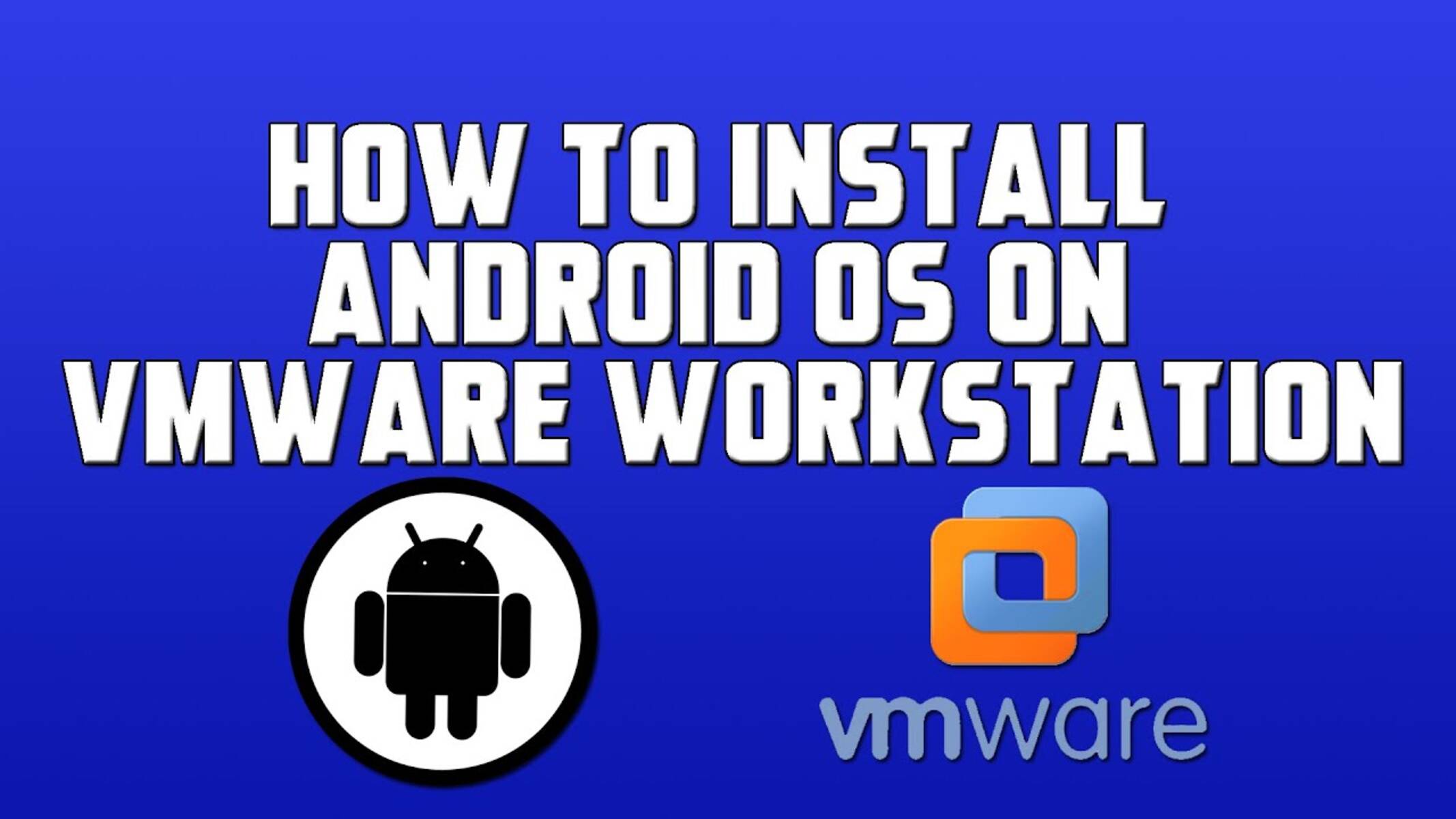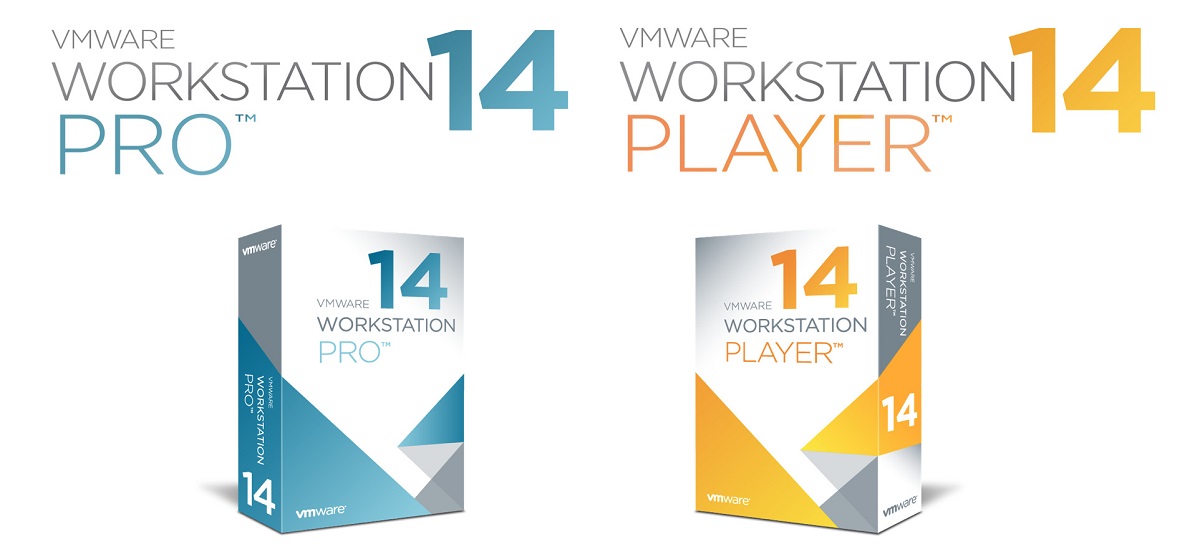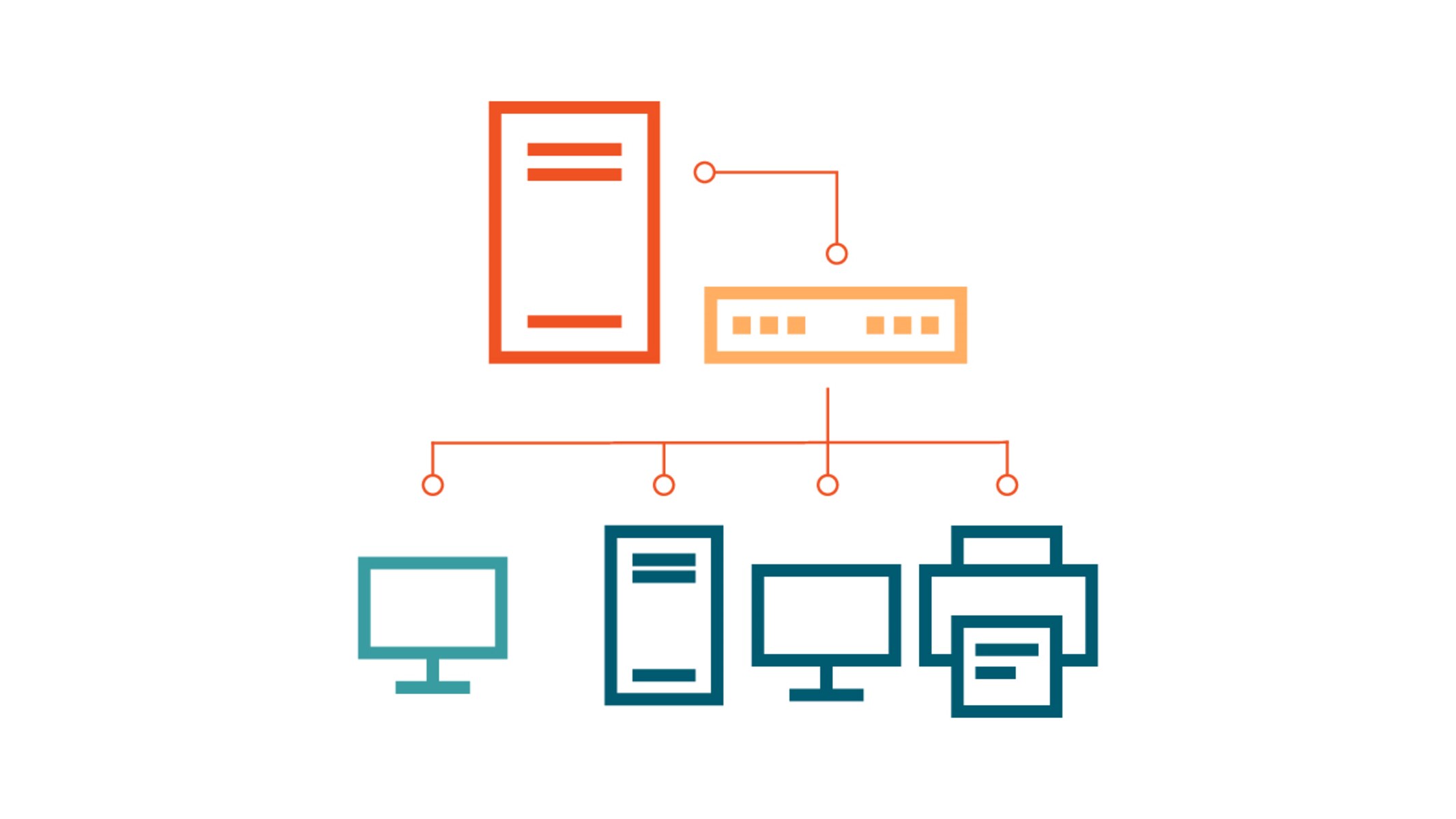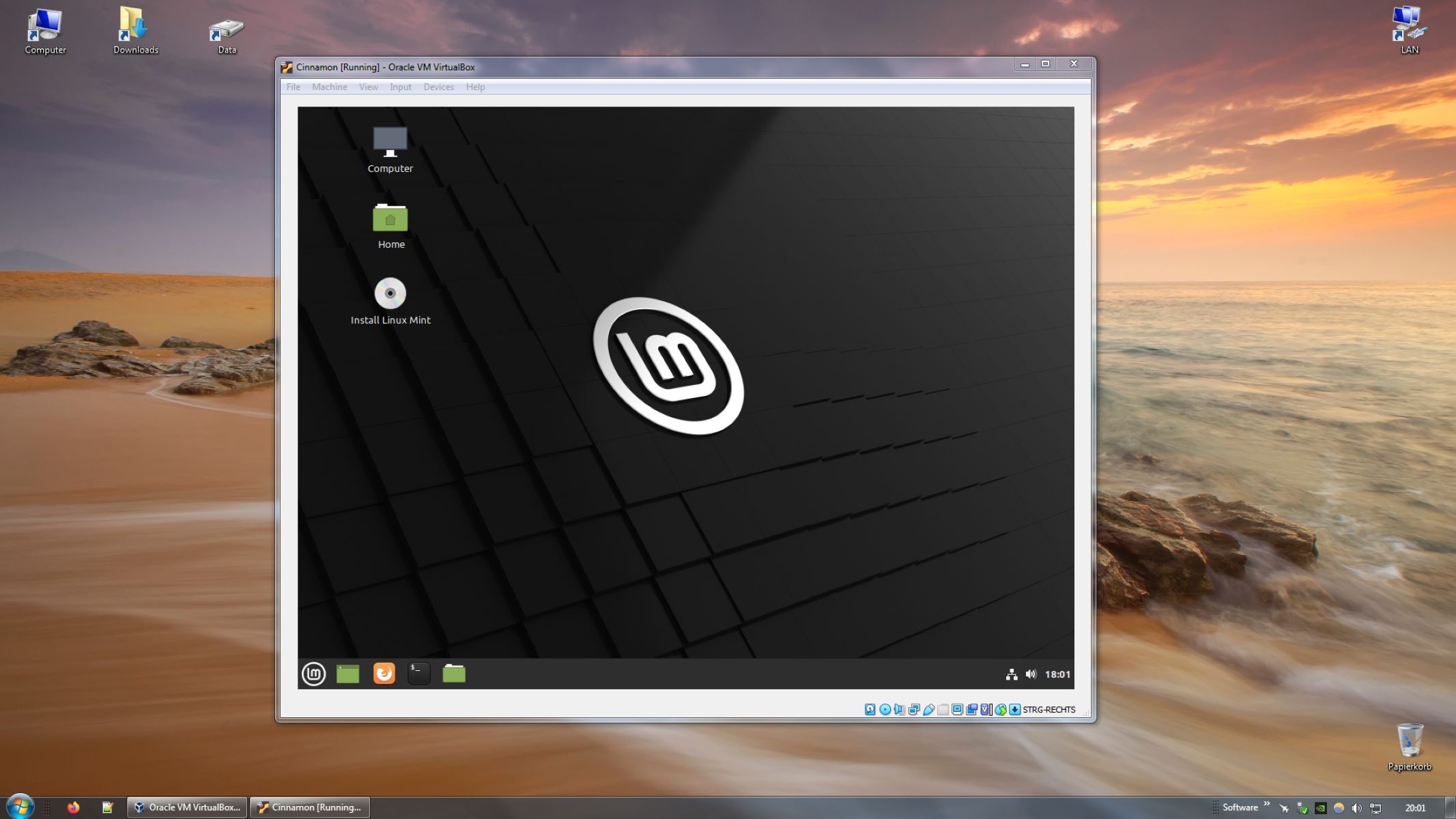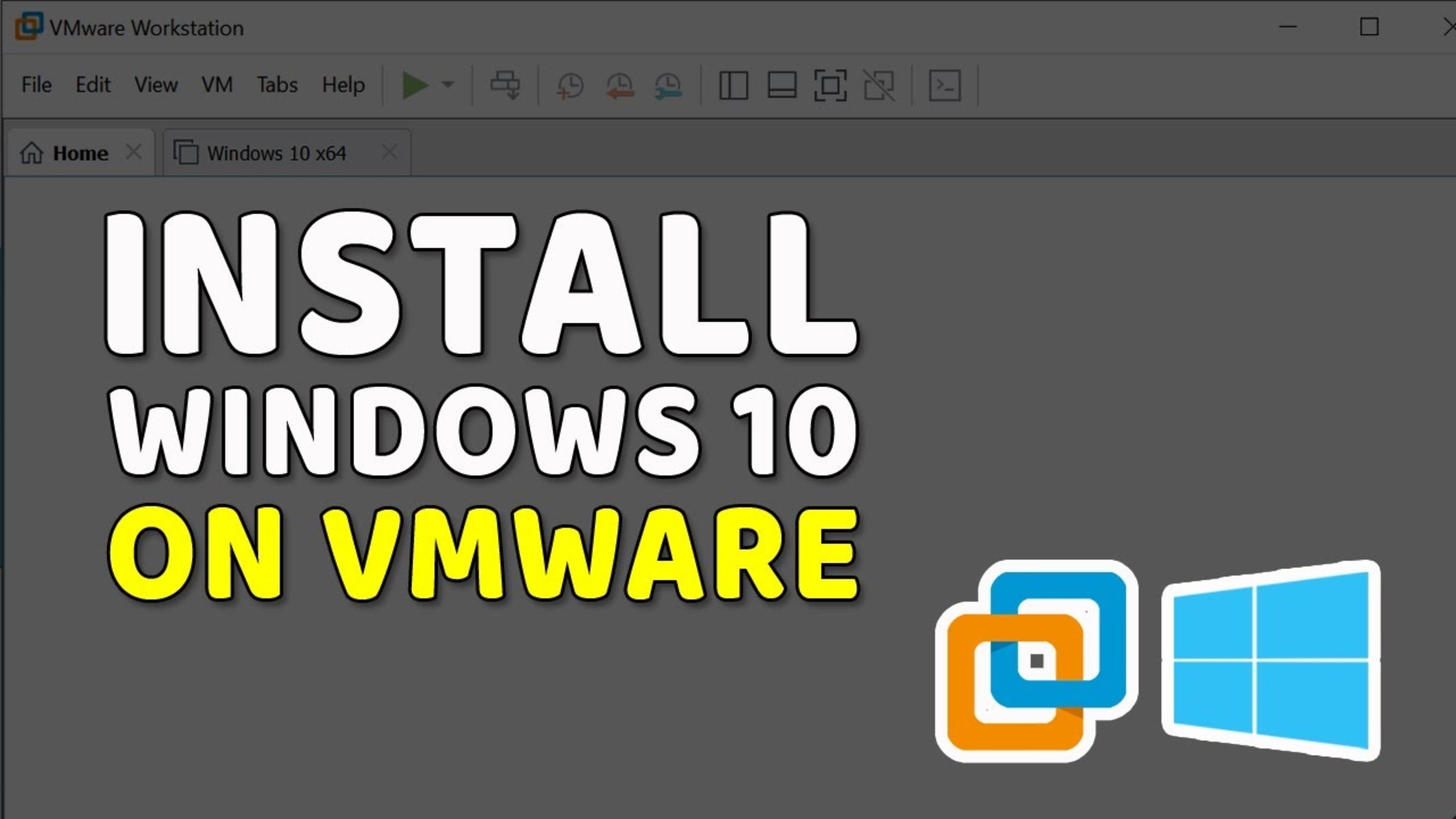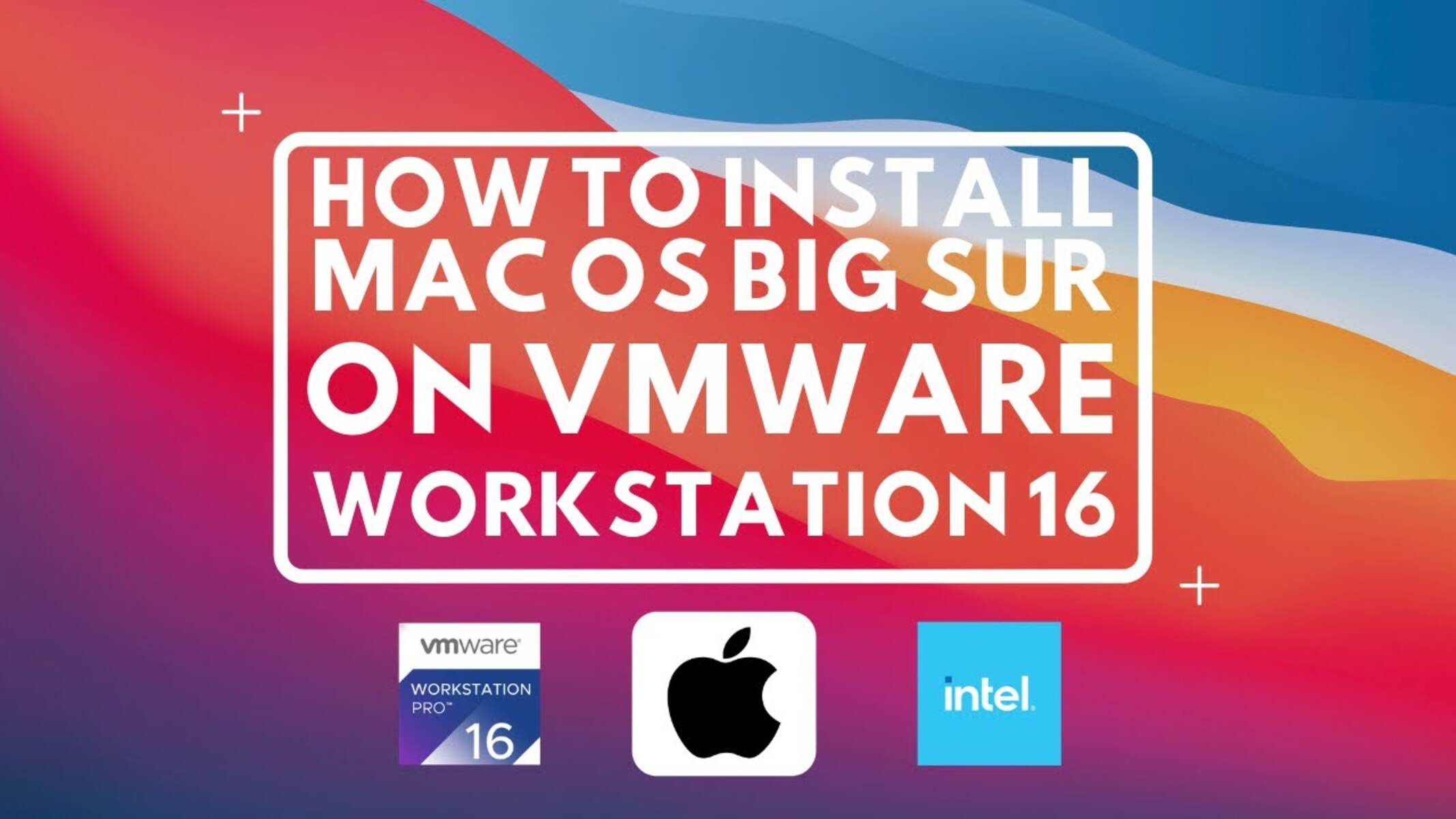Introduction
Welcome to this guide on how to install Windows 11 on VMware Workstation 16 Player. Windows 11 is the latest operating system from Microsoft, featuring a sleek new design, improved performance, and exciting new features. Virtualization software like VMware Workstation 16 Player allows you to create a virtual environment on your computer, enabling you to run multiple operating systems simultaneously. In this tutorial, we will walk you through the step-by-step process of setting up Windows 11 on VMware Workstation 16 Player.
Installing Windows 11 on a virtual machine offers several advantages. It allows you to test the new operating system without impacting your primary computer’s stability, enables you to run Windows 11 on non-compatible hardware, and provides a safe environment for experimenting with software and settings. VMware Workstation 16 Player is an easy-to-use virtualization platform that provides a seamless experience for running Windows 11 on your existing computer.
Before we begin, it is important to note that virtualization requires a computer with adequate resources to run multiple operating systems simultaneously. Make sure you have a sufficient amount of RAM, storage space, and CPU power to smoothly run the virtual machine. Additionally, you will need to have a valid copy of the Windows 11 ISO file, which can be obtained from the official Microsoft website or other trusted sources.
In the following sections, we will guide you through each step of the installation process, from downloading the Windows 11 ISO file to customizing and configuring the virtual machine. By the end of this tutorial, you will have a fully functional Windows 11 virtual machine running smoothly on VMware Workstation 16 Player.
Prerequisites
In order to successfully install Windows 11 on VMware Workstation 16 Player, there are a few prerequisites that you need to fulfill. Make sure you have the following requirements in place before proceeding with the installation:
- A computer with sufficient hardware resources: Running a virtual machine requires a decent amount of RAM, CPU power, and storage space. Make sure your computer meets the minimum requirements for running VMware Workstation 16 Player and Windows 11. It is recommended to have at least 8GB of RAM for smooth performance.
- Windows 11 ISO file: You will need the Windows 11 ISO file to install the operating system on the virtual machine. You can obtain the ISO file from the official Microsoft website or other trusted sources. Ensure that you have a valid and up-to-date copy of the ISO file.
- VMware Workstation 16 Player: Download and install VMware Workstation 16 Player on your computer. This virtualization software will allow you to create and run virtual machines, including the Windows 11 virtual machine. You can download VMware Workstation 16 Player from the official VMware website.
- Sufficient storage space: Ensure that your computer has enough free disk space to accommodate the virtual machine and the Windows 11 installation files. The size of the virtual machine will depend on your requirements, but allocate a reasonable amount of storage for smooth operation.
It is also important to note that virtualization may have certain limitations based on your computer’s hardware capabilities. Some older CPUs may not support virtualization, or certain features may not be available. Check the documentation of your CPU and ensure that virtualization is enabled in the BIOS settings if necessary.
With these prerequisites in place, you are now ready to proceed with the installation of Windows 11 on VMware Workstation 16 Player. The subsequent steps will walk you through the entire process, from creating a virtual machine to customizing the Windows 11 installation. Follow each step carefully to ensure a successful installation.
Step 1: Download Windows 11 ISO file
The first step in installing Windows 11 on VMware Workstation 16 Player is to download the Windows 11 ISO file. The ISO file contains all the necessary installation files for the operating system.
To download the Windows 11 ISO file, follow these steps:
- Go to the official Microsoft website or other trusted sources, where you can find the Windows 11 ISO file.
- Locate the Windows 11 download page and click on the download button to start the download process.
- Depending on your internet connection speed, the download may take some time. Ensure that you have a stable internet connection and enough bandwidth for a smooth download.
- Once the download is complete, you will have the Windows 11 ISO file saved on your computer.
It is essential to download the Windows 11 ISO file from a trusted source to ensure its authenticity and integrity. Microsoft’s official website is the most reliable source for obtaining the ISO file. Be cautious of downloading from unofficial sources, as they may contain modified or unsafe versions of the operating system.
After downloading the Windows 11 ISO file, make a note of the file’s location on your computer. You will need to access it in the next steps to create the Windows 11 virtual machine on VMware Workstation 16 Player.
With the Windows 11 ISO file successfully downloaded, you are now ready to proceed to the next step, which involves installing VMware Workstation 16 Player on your computer. This virtualization software will enable you to create and run the Windows 11 virtual machine seamlessly.
Step 2: Download and install VMware Workstation 16 Player
In this step, we will guide you through the process of downloading and installing VMware Workstation 16 Player. This software will allow you to create and manage virtual machines, including the Windows 11 virtual machine.
Follow these steps to download and install VMware Workstation 16 Player:
- Go to the official VMware website or other trusted sources where you can download VMware Workstation 16 Player.
- Locate the download page for VMware Workstation 16 Player and click on the download button.
- Choose the appropriate version of VMware Workstation 16 Player based on your operating system (Windows or Linux).
- Depending on your internet connection speed, the download may take some time. Ensure that you have a stable internet connection and enough bandwidth for a smooth download.
- Once the download is complete, locate the downloaded installer file on your computer and double-click on it to start the installation process.
- Follow the on-screen instructions to install VMware Workstation 16 Player. Make sure to review and accept the license agreement, and choose the preferred installation settings.
- Once the installation is complete, you will have VMware Workstation 16 Player installed on your computer.
It is crucial to download VMware Workstation 16 Player from reliable and trusted sources to ensure the software’s authenticity and security. The official VMware website is the most trustworthy source for obtaining the software.
After the installation is complete, make sure to familiarize yourself with the features and functionalities of VMware Workstation 16 Player. This software provides a user-friendly interface for managing virtual machines and running various operating systems, including Windows 11.
With VMware Workstation 16 Player successfully installed on your computer, you are now ready to move on to the next step. In the next step, we will guide you through the process of creating a new virtual machine to install Windows 11.
Step 3: Create a new virtual machine
Creating a new virtual machine is the next step in the process of installing Windows 11 on VMware Workstation 16 Player. In this step, we will guide you through the process of setting up a new virtual machine and configuring its settings.
Follow these steps to create a new virtual machine:
- Open VMware Workstation 16 Player on your computer. You will be greeted with the home screen.
- Click on the “Create a New Virtual Machine” option to start the virtual machine creation wizard.
- In the first step, select the option “Typical (recommended)” and click “Next” to continue.
- In the next step, choose the “Installer disc image file (ISO)” option and click “Browse” to locate the Windows 11 ISO file you downloaded earlier. Select the file and click “Next” to proceed.
- Enter a name for your virtual machine and choose a location to save it on your computer. You can also choose to store the virtual machine as a single file or split it into multiple files. Click “Next” to continue.
- Specify the maximum disk size for the virtual machine. You can choose the recommended size or adjust it according to your requirements. Click “Next” to proceed.
- In the next step, review the summary of the virtual machine configuration. Make sure all the settings are correct, and click “Finish” to create the virtual machine.
VMware Workstation 16 Player will now create the new virtual machine based on the specified settings and attach the Windows 11 ISO file to it. This will allow you to boot the virtual machine from the ISO file and proceed with the installation of Windows 11.
Once the virtual machine creation process is complete, you will see the newly created virtual machine listed in the VMware Workstation 16 Player home screen. Select it and click “Play virtual machine” to start the virtual machine.
In the next step, we will guide you through the process of installing Windows 11 on the virtual machine. Make sure to follow the instructions carefully to ensure a successful installation.
Step 4: Install Windows 11 on VMware Workstation 16 Player
Now that you have created a new virtual machine, it’s time to install Windows 11 on VMware Workstation 16 Player. In this step-by-step guide, we will walk you through the installation process:
- Start the virtual machine by selecting it in the VMware Workstation 16 Player home screen and clicking on “Play virtual machine”.
- The virtual machine will boot up and display a black screen with the VMware logo. At this point, click inside the virtual machine window to gain control of the virtual machine.
- The virtual machine will now start loading the Windows 11 installation files from the attached ISO file. You will see the Windows 11 setup screen.
- Select your language preferences, time and currency format, and keyboard input method. Click “Next” to proceed.
- Click on the “Install now” button to start the Windows 11 installation process.
- Enter the product key for the Windows 11 operating system. If you have a valid key, enter it and click “Next”. Otherwise, you can choose the option to install Windows 11 without a product key, but keep in mind that this will activate a trial version with limited functionality.
- Read and accept the license terms and click “Next”.
- On the next screen, select the “Custom: Install Windows only (advanced)” option.
- Select the virtual disk where you want to install Windows 11 (usually labeled as “Drive 0 Unallocated Space”). Click “Next” to proceed.
- The Windows 11 installation process will now begin. The virtual machine will restart several times during the installation.
- Follow the on-screen prompts to set up your region, keyboard layout, and personalization options.
- Create a user account and set a password for the account.
- Wait for Windows 11 to finalize the installation and configure your settings.
- Once the installation process is complete, you will be greeted with the Windows 11 desktop within the virtual machine.
Congratulations! You have successfully installed Windows 11 on VMware Workstation 16 Player. You can now start exploring the new features and functionalities of Windows 11 within the virtual machine environment.
In the next steps, we will guide you through customizing the Windows 11 installation and configuring VMware Tools for optimal performance.
Step 5: Customize the Windows 11 installation
After successfully installing Windows 11 on VMware Workstation 16 Player, it’s time to customize the installation according to your preferences. This step will guide you through some essential customization options:
- Start your Windows 11 virtual machine on VMware Workstation 16 Player by selecting it and clicking on “Play virtual machine”.
- Once the virtual machine is booted up and you are on the Windows 11 desktop, you can begin customizing the installation.
- First, update Windows 11 by clicking on the Start button, selecting Settings (the gear icon), and navigating to “Windows Update. Click on “Check for updates” and install any available updates to ensure that your Windows 11 installation is up to date.
- Next, personalize your Windows 11 environment by changing the desktop background, theme, and accent colors. Right-click on the desktop, select “Personalize”, and explore the available customization options to make Windows 11 your own.
- Configure the system settings by going to the Settings app. Here, you can customize various aspects such as display, sound, network, privacy, and more. Take some time to review and adjust these settings based on your preferences.
- Install your favorite applications and software to enhance your Windows 11 experience. You can install applications directly from the Microsoft Store or by downloading their installer files from the internet.
- Ensure that you have installed the necessary drivers for your virtual machine’s hardware to optimize its performance. VMware Tools, which we will cover in the next step, is an essential component for improving the integration between the virtual machine and the host operating system.
- Customize the Start menu by rearranging and pinning your frequently used apps and organizing them into folders. Right-click on an app and select “Pin to Start” or “Unpin from Start” as per your preference.
By customizing your Windows 11 installation, you can tailor the operating system to suit your needs and preferences. Take your time to explore the different settings and features available in Windows 11 to make the most out of your virtual machine experience.
In the next step, we will guide you through the installation of VMware Tools on Windows 11 virtual machine to enhance the performance and functionality of the virtual machine.
Step 6: Install VMware Tools on Windows 11
Installing VMware Tools on your Windows 11 virtual machine is essential for optimal performance and functionality. VMware Tools provides drivers and utilities that enhance the integration between the virtual machine and the host operating system. Follow these steps to install VMware Tools:
- Ensure that your Windows 11 virtual machine is powered on and running in VMware Workstation 16 Player.
- In the VMware Workstation menu, go to “VM” and select “Install VMware Tools”.
- A virtual CD/DVD drive will be connected to the virtual machine, and the VMware Tools installation package will be mounted.
- Within the virtual machine, navigate to the virtual CD/DVD drive (usually labeled as “VMware Tools”) and open it.
- Run the “setup.exe” or “VMware Tools.exe” file to start the VMware Tools installation wizard.
- Follow the on-screen instructions to complete the installation process. Review the license agreement, choose the installation options, and proceed with the installation.
- Once the installation is complete, restart your Windows 11 virtual machine to apply the changes.
- After the virtual machine restarts, you will notice several improvements in terms of graphics, mouse integration, and shared folders between the virtual machine and the host operating system.
By installing VMware Tools, you enhance the performance and functionality of your Windows 11 virtual machine. It allows seamless mouse movement between the virtual machine and the host operating system, improves graphics rendering, enables drag-and-drop functionality, and facilitates file sharing through shared folders.
It is recommended to keep VMware Tools up to date by periodically checking for updates. In the VMware Workstation menu, go to “VM” and select “Install VMware Tools”. If updates are available, follow the same installation process as mentioned above.
In the final step, we will guide you through configuring VMware Workstation settings to optimize your Windows 11 virtual machine’s performance and ensure a smooth user experience.
Step 7: Configure VMware Workstation settings
Configuring the VMware Workstation settings is the final step in optimizing your Windows 11 virtual machine’s performance and ensuring a smooth user experience. Follow these steps to configure the settings:
- Open VMware Workstation 16 Player on your computer.
- Select your Windows 11 virtual machine from the list in the home screen and click on “Edit virtual machine settings”.
- In the virtual machine settings window, you can customize various aspects of the virtual machine’s configuration.
- Adjust the hardware settings as needed. You can allocate more memory, adjust the number of processors, and modify other hardware parameters to optimize performance based on your computer’s resources.
- Under the “Options” tab, explore the available settings:
- In the “General” section, you can configure options such as the default power state, startup and shutdown behavior, and time synchronization.
- In the “Display” section, adjust the display settings, such as the screen resolution, acceleration options, and 3D acceleration settings.
- In the “Shared Folders” section, you can configure folders on your host operating system that can be shared with the virtual machine.
- In the “Advanced” section, you can fine-tune additional settings such as virtual machine priority, memory management, and CPU functionality.
- Review and adjust other settings, such as network configuration, sound, and USB device connections, based on your requirements.
- Once you have made the desired changes, click “OK” to save the configuration and exit the virtual machine settings window.
Customizing the VMware Workstation settings ensures that your Windows 11 virtual machine is optimized for performance and functionality. By allocating enough resources, adjusting display settings, and configuring shared folders, you can enhance the virtual machine’s capabilities to match your needs.
Remember to periodically review and adjust the virtual machine settings as per your changing requirements or when upgrading to new versions of VMware Workstation to take advantage of any new features or improvements.
Congratulations! You have successfully configured the VMware Workstation settings for your Windows 11 virtual machine. Enjoy using Windows 11 on VMware Workstation 16 Player and explore all the features and possibilities it offers.
Conclusion
Congratulations on successfully installing Windows 11 on VMware Workstation 16 Player! This step-by-step guide has walked you through the process of setting up a Windows 11 virtual machine, from downloading the Windows 11 ISO file to customizing the installation and configuring VMware Tools.
By using VMware Workstation 16 Player, you can enjoy the benefits of running Windows 11 on a virtual machine, including the ability to test the new operating system, run it on non-compatible hardware, and experiment with different software and settings without affecting your primary computer.
Throughout the installation process, we emphasized the importance of utilizing trusted sources for downloading the Windows 11 ISO file and VMware Workstation 16 Player to ensure the authenticity and security of the software. Additionally, we highlighted key considerations such as hardware requirements, disk space, and the installation of VMware Tools for optimal performance.
Customizing the Windows 11 installation and configuring the VMware Workstation settings further enhance your virtual machine experience. These customization options allow you to personalize the operating system, adjust hardware settings, share files between the virtual machine and host operating system, and optimize resource allocation.
We hope that this guide has provided you with a comprehensive understanding of how to install Windows 11 on VMware Workstation 16 Player. As you explore the features and functionalities of Windows 11 within the virtual machine, feel free to adjust the settings and experiment with different applications and software to make the most out of your virtual machine environment.
Thank you for following along, and enjoy your Windows 11 virtual machine on VMware Workstation 16 Player!







